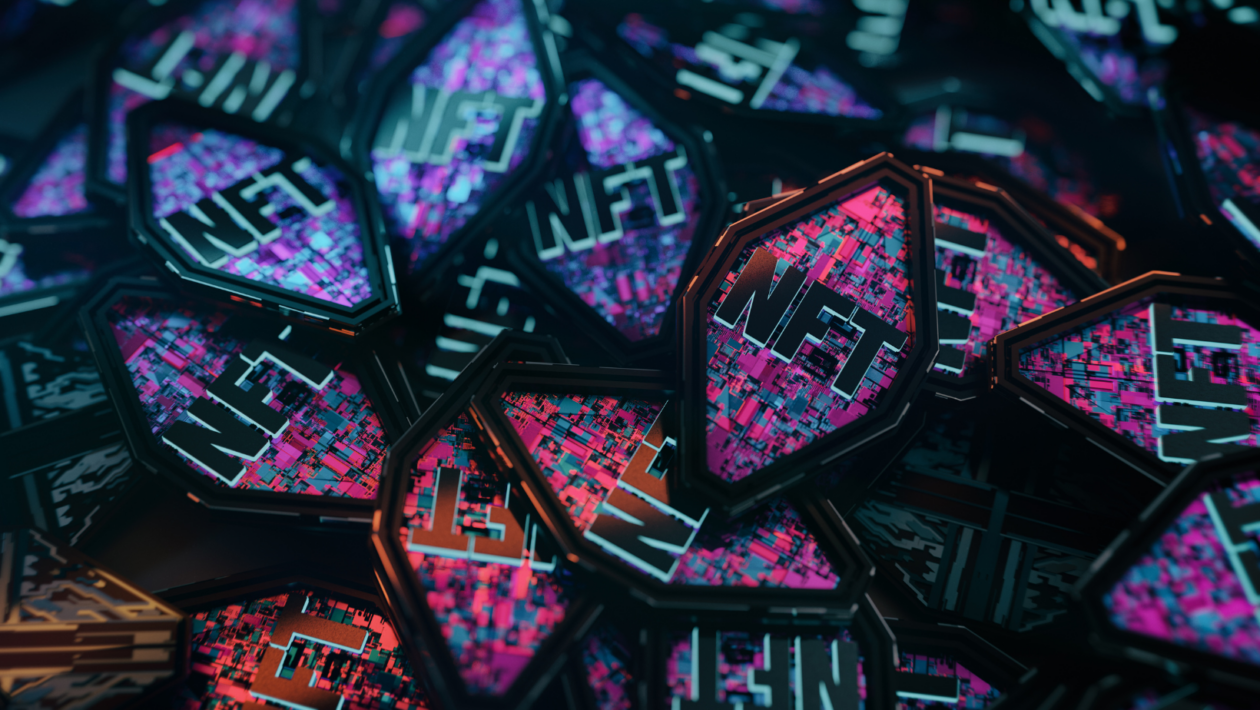The first NFT hype cycle may be over, but many brands are embracing the next evolution of the technology, dynamic NFTs. Unlike traditional or “static” non-fungible tokens, which have permanent properties set at the time of creation, dynamic NFTs can change or “evolve” in response to real-world events. This can include anything from the weather, the results of a sports game, or even social media interactions, providing more utility and opening up a whole new world of possibilities for brand engagement.
With dynamic NFTs, brands can create more interactive experiences and more effective loyalty programs. For instance, a fashion brand may create a dynamic NFT of an outfit that changes and becomes more valuable as a customer makes more purchases or interacts with the brand on social media. Or, a beverage brand could set up a dynamic NFT that evolves and unlocks new discounts based on the customer’s location, the weather, or even the time of day.
Dynamic NFTs can change based on any variables the brand decides, and as the NFT evolves, a permanent record of its current ownership and characteristics is stored on the blockchain. Brands can set these triggers programmatically through a smart contract (at the moment the NFT is created or any time after), or they can be based on any off-chain data sources, such as real-world events.
From money grabs to meaningful experiences
Numerous well-known companies have been experimenting with NFT marketing campaigns in recent years. However, with most of these initiatives, the value of the NFT is based entirely on rarity or speculation rather than actual utility. Consumers have grown tired of these types of NFT campaigns, and rightly so. Far too many of them have been a clear money grab, rather than an honest attempt to provide something valuable to customers.
Dynamic NFTs, however, can provide more valuable experiences for customers and fuel longer-term brand engagements. But how can brands use them to achieve this?
Rather than thinking of NFTs as digital assets that can only be bought and sold, brands should consider NFTs as a digital “entry point” (or “access pass”) to their communities. Secondly, instead of setting a price on the NFTs (say, at the beginning of the campaign), brands can give away the NFTs for free whenever the customer purchases a product or service, follows the brand, or signs up to a loyalty program. Then, as the customer (owner of the dynamic NFT) interacts with the brand, the NFT increases in value and can evolve into something the customer can exchange for real rewards. For example, to unlock a new experience or discount.
For example, Adidas recently introduced “ALTS,” a new campaign with interoperable avatars in the form of dynamic NFTs that can evolve over time and be used in various interactive experiences. These interactions are certified on the blockchain, guaranteeing true ownership of the customer’s activities and earnings related to that NFT.
The result is a much more interactive experience because the NFTs respond to or change based on the owner’s interactions, real-life events, or any other input. Unlike static NFTs, this provides more utility as they can evolve through any interaction the brand permits.
Dynamic NFTs can increase customer interactions across more online and offline touchpoints as well, encouraging more intimate collaborations between brands and their customers and allowing them to deliver a more legitimate form of digital ownership. As every interaction and change is recorded on the blockchain, customers not only have a certifiable way to redeem rewards owed to them based on their engagement but also have a way to trade or sell their NFTs securely.
This new revenue stream benefits both the brand and the customer, as brands have a safe way to allow customers to “resell their loyalty” (their NFTs) and can even collect a commission on any reselling activities. For example, Starbucks allows members of its Odyssey loyalty program to sell and transfer their “Stamps,” the term Starbucks uses for their NFTs, to boost engagement with customers.
Navigating technical challenges
While dynamic NFTs offer tremendous potential for brands to engage their audiences and increase customer loyalty, some challenges still need to be overcome. Dynamic NFT campaigns are often perceived as more difficult to create and maintain due to the requirement to constantly update their data on the blockchain, either via smart contracts or oracles, which can get expensive quickly.
Some companies are solving this issue by pointing each dynamic NFT to its own web URL and storing all of its metadata on a private server. While this centralized approach is convenient, there are some disadvantages to bear in mind. Should the private server get hacked, taken down, or one day the company simply forgets to pay its cloud bill, then all of the metadata could disappear, completely erasing the value of the NFT for the owner. Not to mention, regulatory authorities are becoming increasingly concerned about this type of concentration of data, as shown in the recent NBA Top Shot by Dapper Labs case.
While there are still technical challenges like these for brands to overcome, solutions are getting easier. Using a decentralized approach to safeguard NFT data, such as the peer-to-peer protocol InterPlanetary File System (or IPFS) or layer-2 solutions, may be more reliable in the long term.
The future of digital ownership
Dynamic NFTs represent a significant step forward for the marketing world and offer an exciting glimpse into the future of “digital ownership.” With dynamic NFTs, brands can offer their customers more immersive and personalized experiences, while customers can become co-collaborators of a brand, deciding what it offers and where it may go next.





